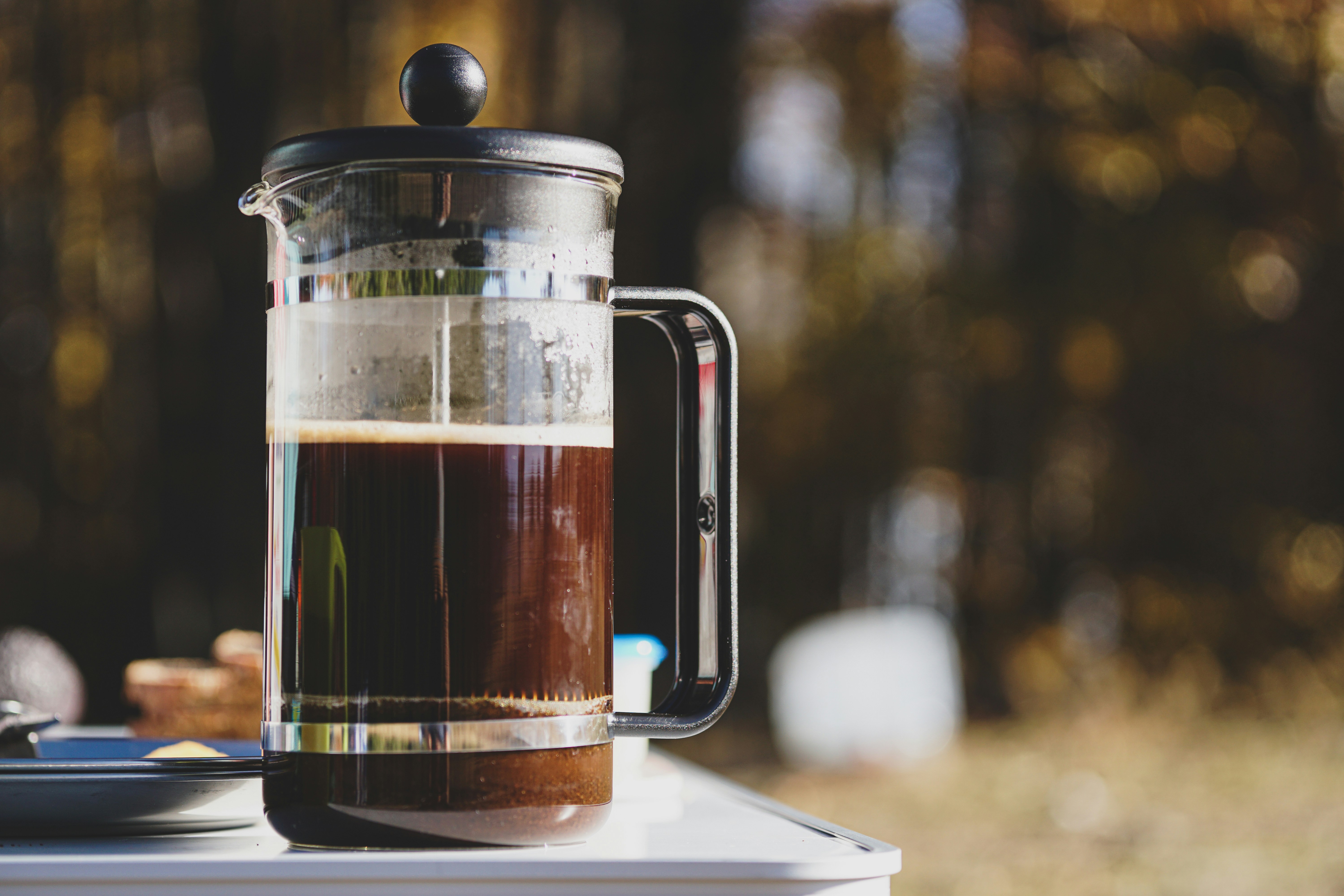What are the different methods of manual brewing coffee?
For some home brewers, an espresso machine may be overkill for the kitchen or home office, as you are investing in an expensive piece of equipment. While this is very much worth if you are aiming create top quality espresso it will definitely include more maintenance than a manual brew. But how do you choose which method of brewing coffee at home is right for you? In this post you’ll find information on each of the different methods of manual brewing coffee to help you get the most out of your drinking experience.
Why manual brew coffee?
If you are choosing to manually brew you have control over how you prefer your coffee to be extracted and can alter accordingly. The cost is lower if you are brewing at home and you can play around with various methods and different varieties of beans. It can become something you look forward to each day whilst also widening your knowledge
Different manual coffee brewing methods
Choosing to brew manually gives you a variety of techniques to choose from, each of which can produce drastically different drinking experiences even when the same coffee is used. Furthermore, some of these methods can be better suited to certain kinds of coffee than others so it will all be down to personal preference. For example I choose to brew African coffees through a chemex. They are known for their acidity due to the soil that they are grown in, and this method compliments the fruiter flavours that the bean produces. The water delicately flows through the coffee, bringing a cleaner and lighter tasting coffee. French press brews for longer with a coarser grind, Brazilian coffees work well with this method as it brings out the nuttier and richer flavours. All this of course can be subjective depending on your personal preference, however it is exciting to experiment with different regions and brewing methods to see what happens!
You can browse our range of manual brewing products on our online home brew shop.
AeroPress
An AeroPress is a device that consists of a cylindrical container and a similarly shaped plunger that fits inside the container. Microfilters at the bottom of the cylinder drain the coffee into the cup beneath. This occurs when the plunger is pushed down to force the hot water through the coffee grounds. This method is a cleaner way of making coffee, when coffee is compressed you just pop it straight into the bin and rinse the end. This makes it ideal if you are camping for example, quick and simple whilst also enjoying the luxury of freshly roasted coffee.
French Press
As with the AeroPress, a French Press, also known as a Cafetière, features a small cylindrical vessel and a plunger. The coffee grounds and hot water are added to the pot, allowed to steep, and then separated from the coffee when the plunger is pressed down. Coarse grounds are the best type used for French Press devices. As the coffee is brewed for longer it brings more depth to the cup and a thicker and richer mouthfeel.
Chemex
This pour-over device features a cone-shaped filter that allows the brewed coffee to slowly drip into the glass carafe. This shares many similarities with other pour-over methods, with the main difference being the coffee filters. Chemex coffee filters are totally unique, being thicker and more textured than other pour-over filters, this then produces a slower extraction. The chemex is a beautifully produced piece of equipment, glass with a wooden collar and tie, once the filter is removed you can decant and it looks great on a coffee table!
Siphon
Siphon coffee brewing works by using heat and pressure to brew coffee using water vapour. Once the top chamber has been filled with water that’s travelled up from the bottom chamber, the coffee grounds are added and allowed to steep. By turning the heat off for the bottom chamber, a vacuum is created which draws the brewed coffee down into the chamber ready for decanting and drinking. It brews coffee with a strong aroma and body but a clean after taste.
Cold brew coffee
If you have spare time, maybe on a weekend, using a cold brew method can produce great results. This involves steeping coffee grounds for at least 12 hours in room temperature or cool water. Cold brewing in this way produces a drastically different taste than hot brewing that has to be experienced first-hand for a proper comparison. It produces a sweeter and softer flavour profile with less acidity. This is due to brewing the coffee for longer with no heat, oxidisation occurs faster when it is brewed with heat which brings a sharper taste. Just like slow cooking meat for example, a low and slow approach definitely brings a delicate and softer taste.
Get supplies for manual brewing at home
At Pumphrey’s Coffee, we want everyone to be able to get joy out of brewing coffee through manual methods from the comfort of their own home. It can add some theatricality for friends and family, but more importantly it can open up entirely new worlds of coffee brewing and add new dimensions to your drinking experience. Our team is always available if you want to get in touch.

 Pound Sterling
Pound Sterling
